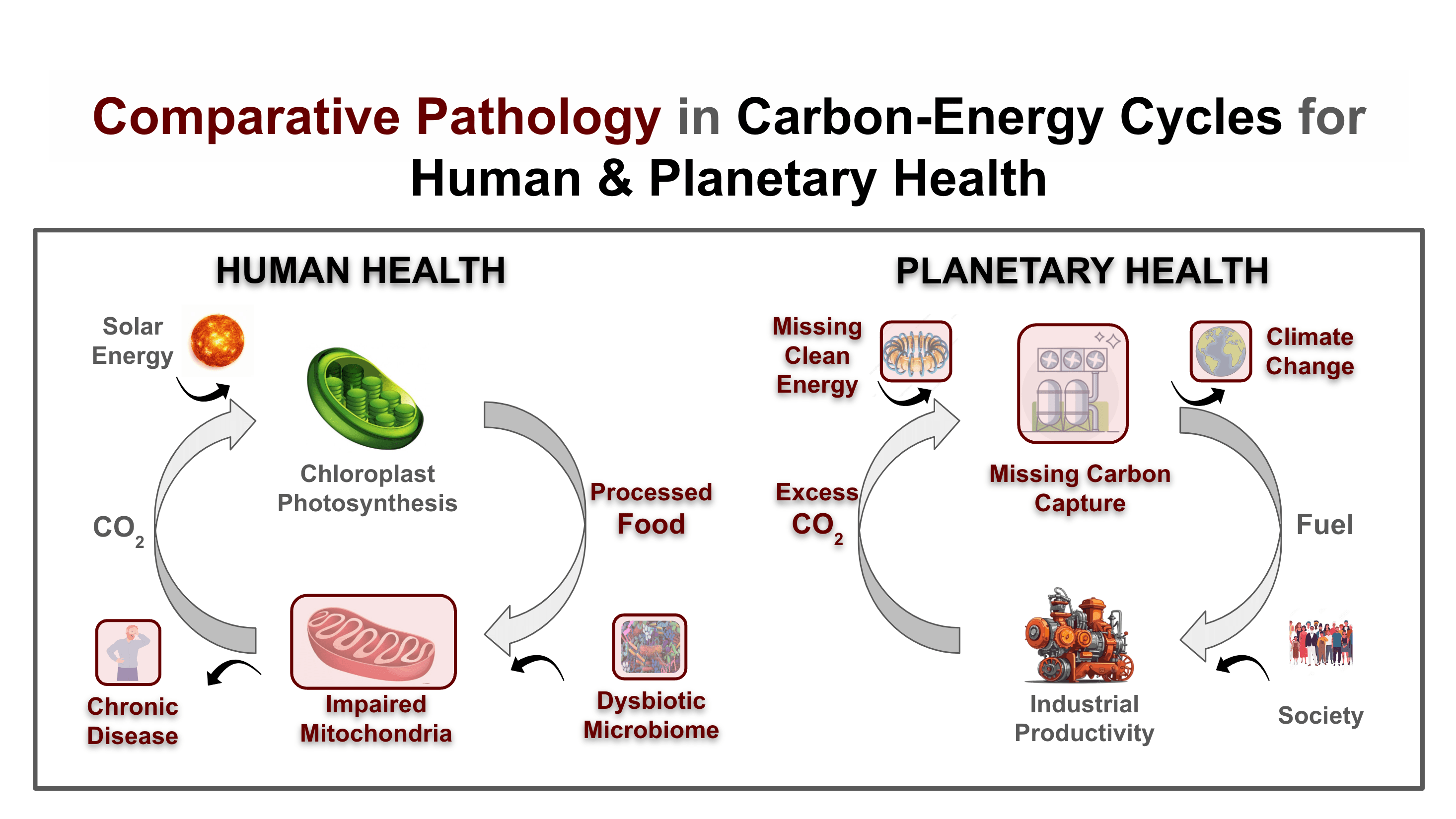Christopher Damman, Associate Professor of Gastroenterology, School of Medicine, University of Washington. Editor-in-Chief of Gut Bites MD.
With the arrival of summer heat waves across the globe, a troubling thought crossed my mind today as a bead of sweat dripped down my forehead: Is it possible that the Earth is mounting a fever?
I’m Chris Damman, and I may seem an unlikely person to comment on planetary health as a gastroenterologist and professor of the gut microbiome at the University of Washington Medical School. But complex system theory teaches us that we might learn something about the earth’s health from an unlikely place—the depths of our gut and its microbial inhabitants.
An ailing celestial body
The concept of Earth as a living organism isn’t new; it dates back to the 1970’s and even has a name coined by James Lovelock and Lyn Margois called the Gaia theory. It hypothesizes that, like its animal inhabitants, Earth operates as its own biological system that adapts and self-regulates to maintain balance or homeostasis.
Just as our bodies develop a fever to combat illness and restore health, Earth may adjust to disturbances to maintain its equilibrium. But instead of symptoms of illness – fever, dehydration, inflammation and diarrhea; the analogy suggests the earth is responding in its own way – heat waves, droughts, fires and floods.
Earth’s teaming human inhabitants
The body teaches us that disrupted homeostasis can become more severe with time if not addressed at its root cause – even leading to death. In the human body, the solution very often involves eliminating the offending bacteria or virus. In the case of the earth, its own unsettling outcome might similarly be the dislodgment of its human inhabitants.
And maybe this is a fate befitting for a species that takes much from the earth while giving little back? Like viral and bacterial pathogens, we adapt, multiply, and spread across the globe – creating waste, polluting oceans, destroying forests, and edging out other animal species with earth-altering consequence.

Yet there is at least one key difference we have from pathogens. We are aware of our impact on the earth. We can weigh scenarios, predict futures and influence the earth’s – and our own – ultimate fate.
De-escalating degrees in microbial evolution
Microbiome science teaches us there is another option besides facing our own extinction. Just as viruses and bacteria adapt, so do people with the infinite possibilities of technology trained on solutions to problems.
Indeed, it is inspiring to learn that many members of our body’s microbiome–the beneficial microorganisms that live in and on us – are believed to have evolved from pathogens that once made our evolutionary ancestors sick.
In health, our gut microbial communities now sustainably take excess food nutrients from our fecal stream, while providing immune-dampening and metabolism-regulating products like butyrate and B-vitamins back to us.
We in turn provide them with a hospitable place to live. Might we learn something from this example?

Mini suns and other bright ideas
Currently, our technologies consume Earth’s bounty without giving back. They are open circuits that deplete resources and accumulate waste that concentrates in the land, ocean and air.
While the earth’s natural processes provide a balanced and renewable cycle of carbon – animals produce CO2 while plants consume the gas – our technologies produce an overabundance of CO2 with almost no reciprocal consumption.
The CO2 concentrates in the earth’s atmosphere changing the way the sun’s rays warm the earth.

Tech startups are feverishly working to solve the problem of how to produce less earth-warming gases; and like plants, efficiently convert CO2 back into the same resources that are consumed to produce it – foods, materials and fuels.
But carbon capture requires immense amounts of energy. Just as the sun powers the growth of plants, other start ups are working on renewable energy production like more efficient solar cells, wind and water turbines, and even the future possibility of mini artificial suns.
Our microbiome’s fever pitch
At present though, our earth remains in the throes of an illness, and we as its ailment are at a crossroads: One fate is we continue to unsustainably consume its resources, further awakening its mounting immune response. Another is we rapidly adapt to become stewards of planetary health.
If our microbiome could talk, its appeal as our own stewards of health might be to find inspiration in their example. Indeed, metaphors in the nature may hold many of the keys to solving the most perplexing puzzles of modern day.
So hats off to becoming the keen-eyed students of the natural world and emulating its preexisting solutions. May we evolve and graduate from earth’s death-destined denizens to its most esteemed and mutualistic commensals.

Christopher Damman, Associate Professor of Gastroenterology, School of Medicine, University of Washington. Editor-in-Chief of Gut Bites MD.



Leave a Reply